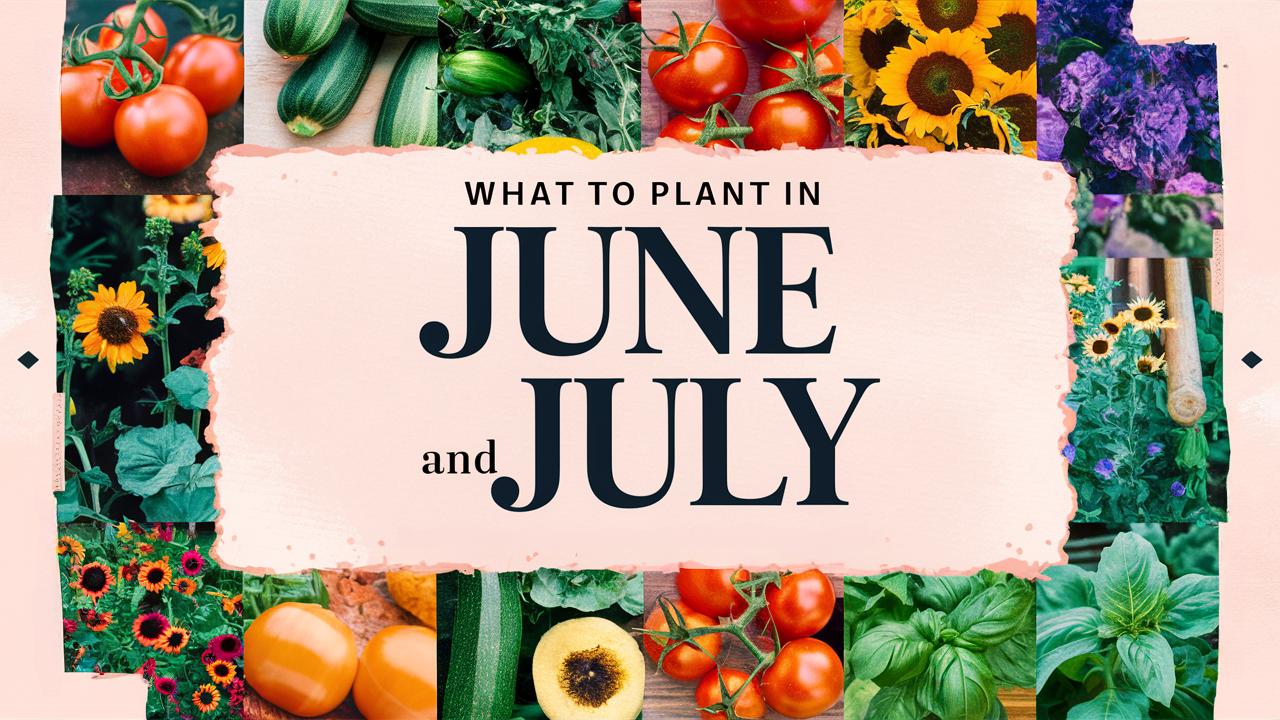In this guide, we’ll explore a variety of plants that thrive when planted in these months, considering different USDA hardiness zones to ensure you get the best results.
Vegetables To Plant
Growing your own vegetables can provide a sense of accomplishment, not to mention fresh produce right from your garden. Here are ten vegetables that are ideal to plant in June and July.
Tomatoes
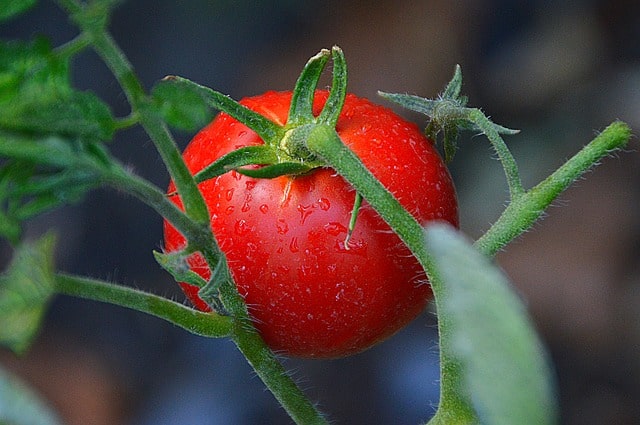
Zones: 3-10
Temperature Tolerance: 70°F to 100°F
Planting Dates: Late June to early July in cooler zones.
Tomatoes are a staple in many gardens and thrive in the warm summer months. They require full sun, at least six to eight hours daily, and well-drained soil with a pH level between 6.0 and 6.8. Planning for disease-resistant varieties can be beneficial, particularly in regions prone to blight. In northern climates, plants can be started indoors earlier and transplanted outdoors to extend the growing season.
Peppers

Zones: 4-10
Temperature Tolerance: 70°F to 90°F
Planting Dates: Late June to early July
Peppers—including bell, jalapeño, and habanero—love the heat and are perfect for planting through June and July. They prefer well-drained soils rich in organic matter and need consistent watering to avoid blossom drop. Hot peppers can be especially appealing for those looking to spice up dishes, while bell peppers can be harvested while still green or allowed to ripen to red for added sweetness.
Cucumbers
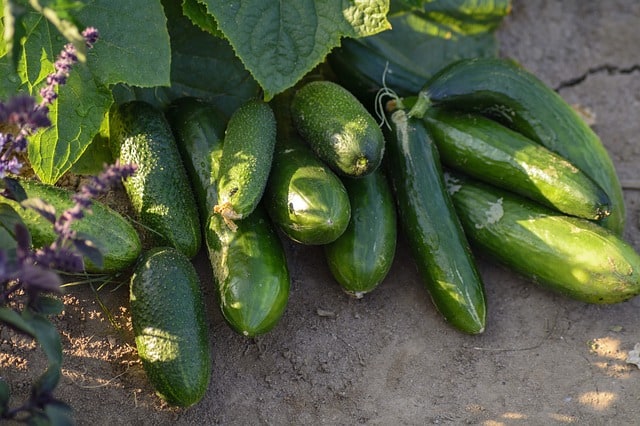
Zones: 3-10
Temperature Tolerance: 65°F to 95°F
Planting Dates: Mid-June to late July
Cucumbers grow rapidly and can produce fruit in as little as 50-70 days from planting. Plant them in full sun and provide them with ample water to ensure juicy and crisp cucumbers. They love to climb, so consider using trellises to save space and improve air circulation. Cucumber plants can suffer from powdery mildew, so keep an eye on humidity levels and airflow.
Squash
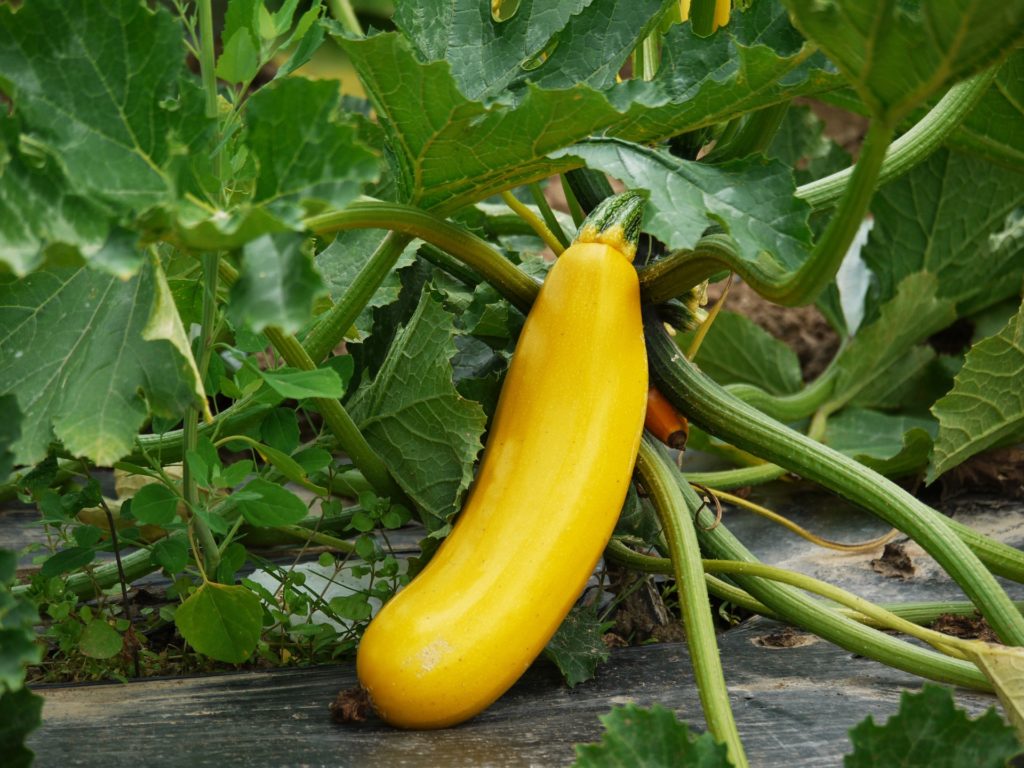
Zones: 3-10
Temperature Tolerance: 60°F to 95°F
Planting Dates: Early June to early July
Both summer and winter squash can be planted in these months. Squash thrives in enriched soil and requires a significant amount of water, especially as the fruits begin to develop. Summer squash—like zucchini—can be harvested as early as 45 days after planting, while winter squash needs a longer growing season. Watch out for squash bugs and provide plenty of space to allow for sprawling.
Beans
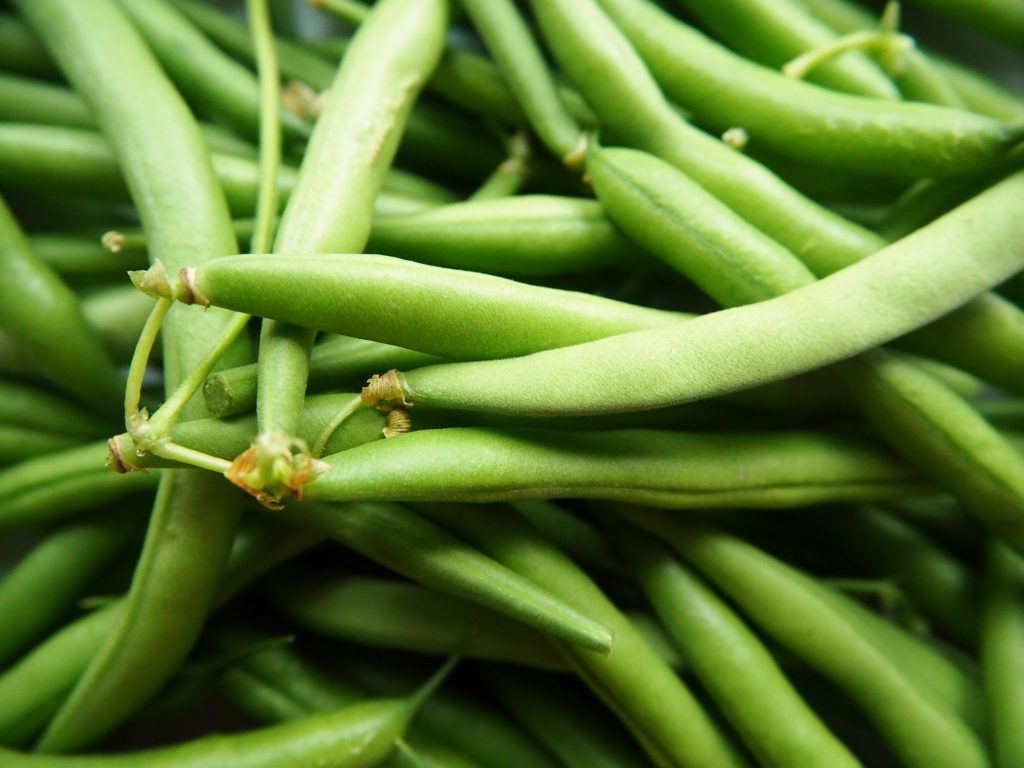
Zones: 3-10
Temperature Tolerance: 60°F to 90°F
Planting Dates: Mid-June to late July
Beans, both bush and pole varieties, are fantastic options for summer planting. They fix nitrogen in the soil, enhancing soil fertility for future crops. Beans thrive in warm weather but can be sensitive to frost, so ensure that soil temperatures are at least 60°F before planting. Quick-growing varieties can yield beans in about 50 days, perfect for late-season harvests.
Sweet Corn
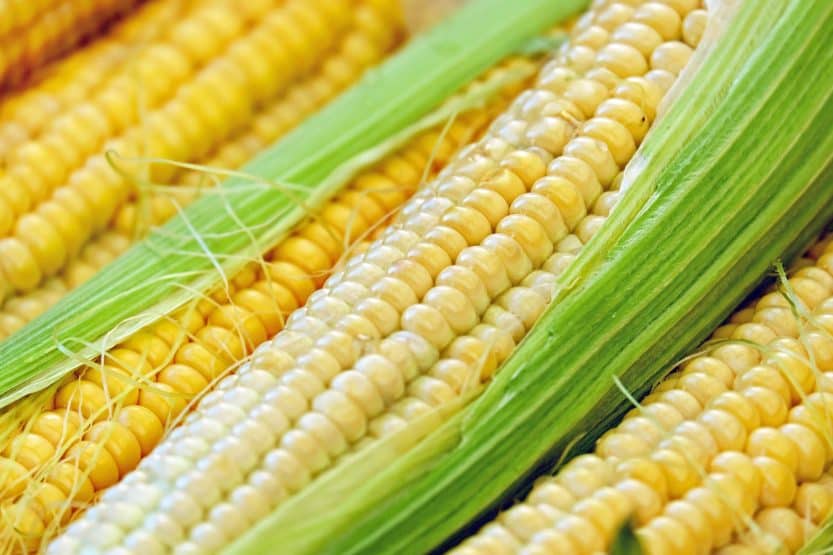
Zones: 3-10
Temperature Tolerance: 60°F to 95°F
Planting Dates: Mid to late June
Sweet corn requires warm soil (at least 60°F) to germinate well. It’s best planted in blocks rather than rows as they are wind-pollinated and need neighbors to produce kernels effectively. Sweet corn can take about 60-100 days to mature depending on the variety, so plan your harvest accordingly. Keep an eye on local pests, such as corn borers, to ensure a bountiful crop.
Carrots
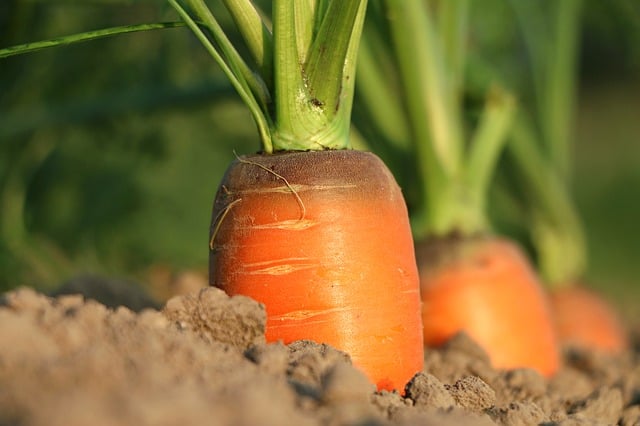
Zones: 3-9
Temperature Tolerance: 50°F to 75°F
Planting Dates: Late June to early July
Carrots prefer cooler soils, making them suitable for late spring and early summer planting. They do best in loose, sandy soil that allows for proper root growth. A steady watering schedule is essential, especially as roots develop, which can take anywhere from 70 to 80 days. Consider varieties with different colors, such as purple or orange, to add visual interest to your garden.
Beets

Zones: 3-10
Temperature Tolerance: 50°F to 85°F
Planting Dates: Late June to early July
Beets are a versatile crop that can be grown in a variety of conditions. They thrive in well-drained soil with lots of organic material and consistent watering. Beets are easy to grow and can be harvested about 55-70 days post-planting. The greens are also edible and nutritious, so consider interplanting with greens to utilize space effectively.
Radishes
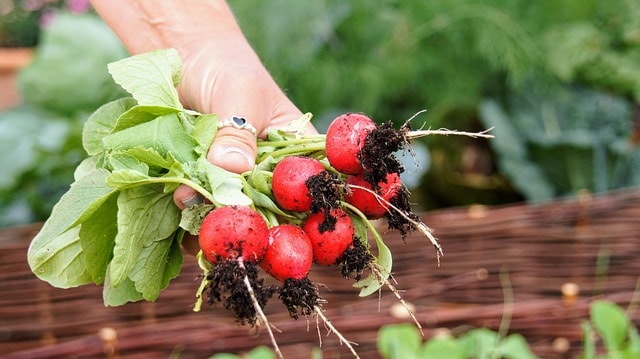
Zones: 3-10
Temperature Tolerance: 40°F to 80°F
Planting Dates: Late June to early July
Radishes are among the fastest-growing vegetables, ready for harvest in about 30 days. They prefer a cooler environment, able to tolerate the heat with the right watering regimen. They can be direct-seeded into gardens and offer a quick return, making them perfect for intercropping. Radish greens are also edible and can add a peppery flavor to salads.
Kale

Zones: 3-9
Temperature Tolerance: 20°F to 75°F
Planting Dates: June through July
Although usually celebrated for its fall harvest, kale thrives when planted in late June for a summer crop. It loves cooler temperatures, so mid-summer planting can lead to sweeter leaves as they endure the stress of warm weather. Kale can be harvested at varying stages, making it a flexible addition to your vegetable garden and providing continuous yields.
Flowers To Plant
In addition to vegetables, summer is the perfect time to introduce vibrant flowers that will bloom even in the heat. Here are ten flowers that can be put in the ground during June and July.
Sunflowers

Zones: 3-10
Temperature Tolerance: 70°F to 95°F
Planting Dates: Early June to late July
Sunflowers are beloved for their bright, cheerful blooms and can grow swiftly when sown directly in the garden. Plant them in a spot with full sun and make sure they’re spaced adequately to accommodate their tall stature. Besides being visually appealing, sunflowers can attract beneficial pollinators and help create a healthy garden ecosystem.
Zinnias

Zones: 3-10
Temperature Tolerance: 60°F to 90°F
Planting Dates: Late June to early July
Zinnias come in a variety of colors and forms, making them a popular choice for summer gardens. They thrive in full sun and need minimal care once established, making them perfect for both novice and experienced gardeners. The plants attract butterflies and can serve as cut flowers, adding beauty to your home.
Marigolds
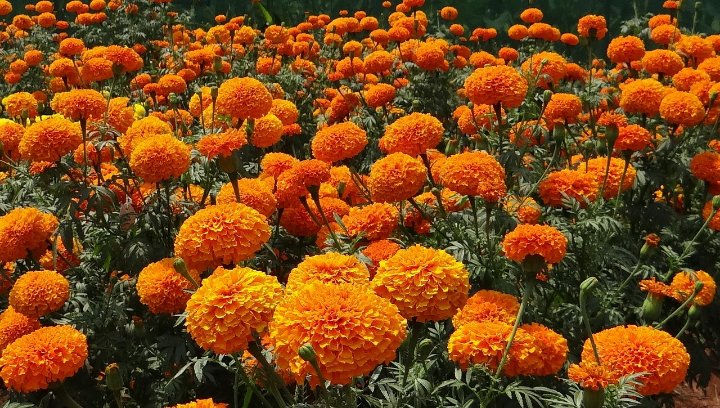
Zones: 4-11
Temperature Tolerance: 50°F to 90°F
Planting Dates: Late June to early July
Marigolds are resilient and can bloom profusely through the summer with their bright colors. These flowers are particularly known for their pest-repellent properties, making them excellent companions for vegetable gardens. They thrive in sunny locations and well-drained soil, and they require minimal maintenance once established.
Cosmos

Zones: 3-10
Temperature Tolerance: 60°F to 90°F
Planting Dates: Early June through late July
Cosmos produce delicate, feathery foliage and bright flowers that can withstand heat and drought. They flourish in poor soil and need very little care, making them perfect for informal gardens. Their open structure invites pollinators, adding life to your garden. Cosmos can also be used as cut flowers.
Petunias
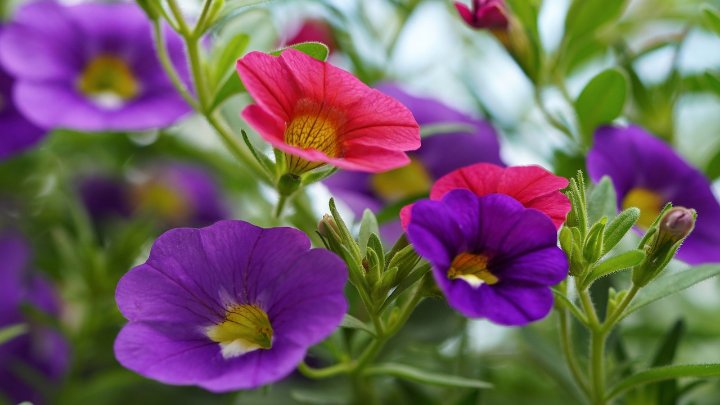
Zones: 2-11
Temperature Tolerance: 50°F to 90°F
Planting Dates: Mid to late June
Petunias are a garden favorite due to their vibrant color and long blooming period. They thrive in sunny locations and can tolerate extreme heat as long as they are adequately watered. Choose compact or trailing varieties based on your garden style, and enjoy these stress-free flowers blooming all summer long.
Snapdragons
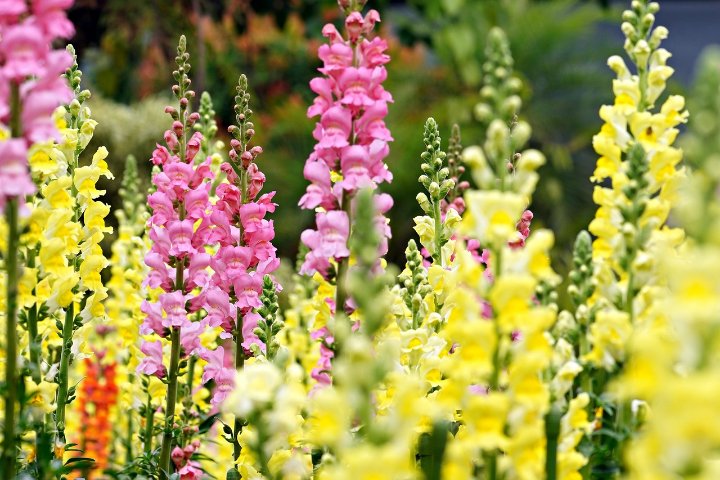
Zones: 3-10
Temperature Tolerance: 50°F to 80°F
Planting Dates: Late June to July
Although often sown in spring, snapdragons can also be planted in the summer months. They prefer cooler weather but can handle heat with plenty of moisture. These unique flowers add texture and visual interest to your garden and can self-seed, ensuring ongoing blooms in subsequent seasons.
Asters
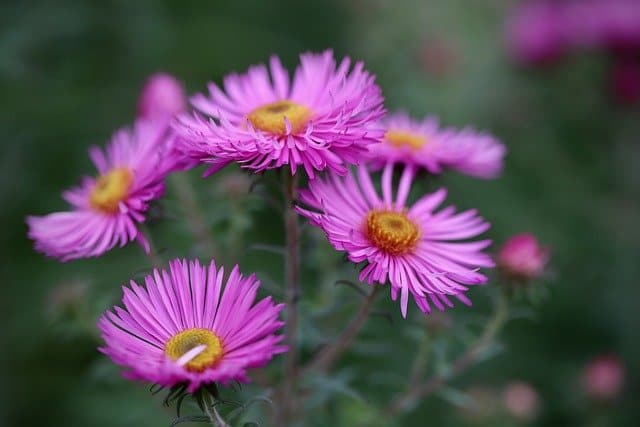
Zones: 4-9
Temperature Tolerance: 50°F to 80°F
Planting Dates: Late June to July
Asters are known for their striking flowers and are perfect for transitioning from summer to fall blooms. Grown in full sun, these plants attract bees and other pollinators. With proper care, they can bloom continuously into the fall, providing lasting color. Adequate drainage is essential to prevent root rot and maintain their health.
Gaillardias (Blanket Flower)
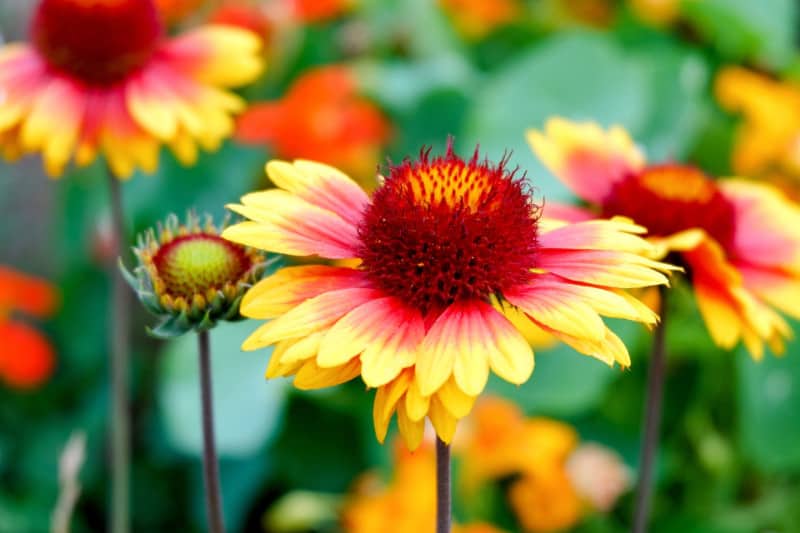
Zones: 3-10
Temperature Tolerance: 50°F to 95°F
Planting Dates: Late June to July
These hardy perennials are prized for their tolerance of heat and drought. Gaillardias produce vibrant flower heads that can thrive in poor soil conditions, adding color to dry garden spaces. They provide a long-lasting display from early summer until fall, making them ideal for borders or wildlife gardens due to their attraction to butterflies.
Black-Eyed Susans
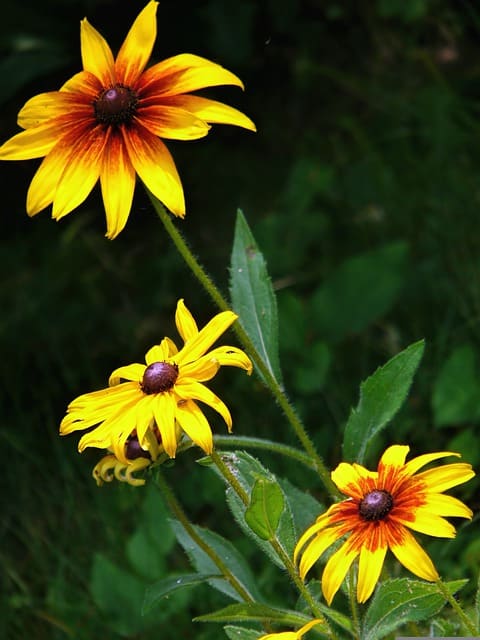
Zones: 3-9
Temperature Tolerance: 50°F to 90°F
Planting Dates: Late June to early July
Black-eyed Susans are iconic wildflowers that flourish with minimal care. They’re well-suited for tough summer heat and can adapt to various soil types. These flowers bloom from summer to fall, attracting songbirds and insects alike. Their reseeding habit can establish a more natural look over time, perfect for wildflower gardens.
Larkspur
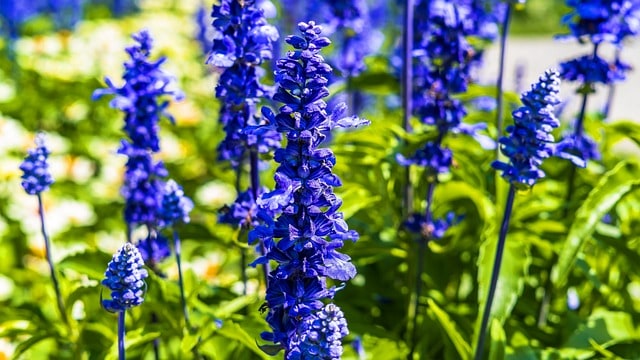
Zones: 3-7
Temperature Tolerance: 30°F to 80°F
Planting Dates: Late June to early July
Larkspur can provide a stunning burst of summer color with tall spikes of blue or purple flowers. These biennials thrive in cooler regions and can establish well if sown in early summer. Larkspur enjoys full sun and attracts bees, making it a fantastic addition to pollinator gardens.
Herbs To Plant
Fresh herbs can elevate any dish, and June and July are great months to establish them in your garden. Here are ten herbs that can be planted during this time.
Basil
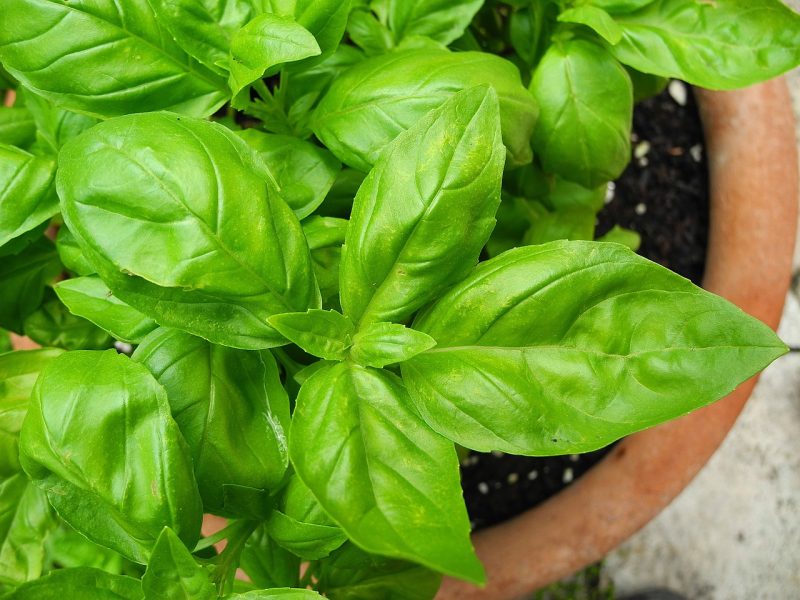
Zones: 4-10
Temperature Tolerance: 70°F to 90°F
Planting Dates: Late June to early July
Basil is a favorite herb for summer gardens, particularly for Italian cuisine. It requires warm temperatures and ample sunlight, thriving in nutrient-rich, well-drained soils. Regular harvesting promotes bushy growth and can yield throughout the summer. Be on the lookout for pests like aphids, which can thrive in hot weather.
Cilantro
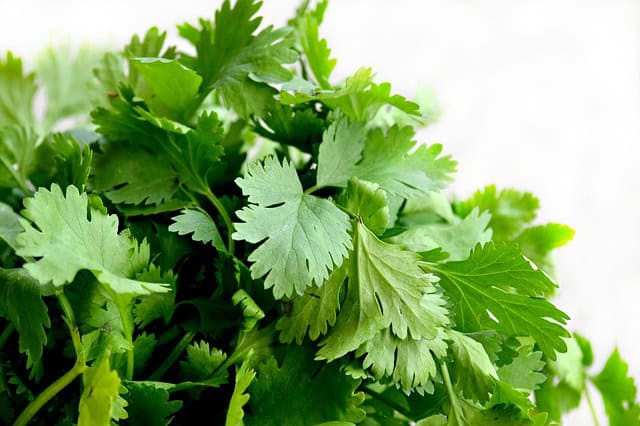
Zones: 3-11
Temperature Tolerance: 50°F to 80°F
Planting Dates: Planting can continue through July
Cilantro grows quickly and can be sown every few weeks throughout summer for a continuous harvest. While it thrives in cooler weather, it can tolerate the summer heat with adequate moisture. Leaves can be used fresh, while coriander seeds can be harvested once dried for culinary uses. Replanting ensures a steady supply before the heat causes it to bolt.
Dill
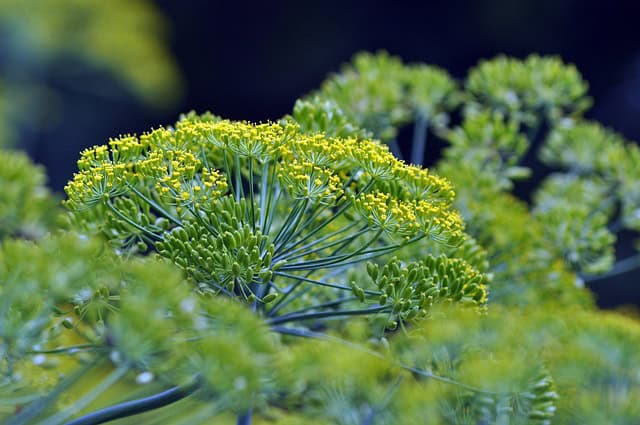
Zones: 3-10
Temperature Tolerance: 60°F to 75°F
Planting Dates: Late June to early July
Dill is an annual herb that can be sown in late spring or early summer. It prefers full sun and well-drained soil, growing fast enough for quick harvesting. Dill can attract beneficial insects and its seeds give way to culinary applications. To avoid adverse heat effects, consider planting in partial shade or plan for regular watering.
Oregano
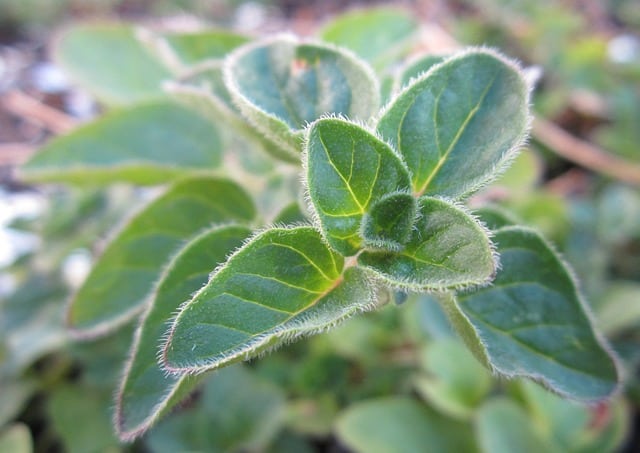
Zones: 4-9
Temperature Tolerance: 50°F to 90°F
Planting Dates: Late June to July
Oregano is a hardy perennial herb that prefers well-drained soil and full sun. Once established, it requires minimal care and can even handle drought, making it perfect for low-maintenance gardens. Harvest regularly for the best flavor, and consider using it both fresh and dried for culinary dishes.
Thyme
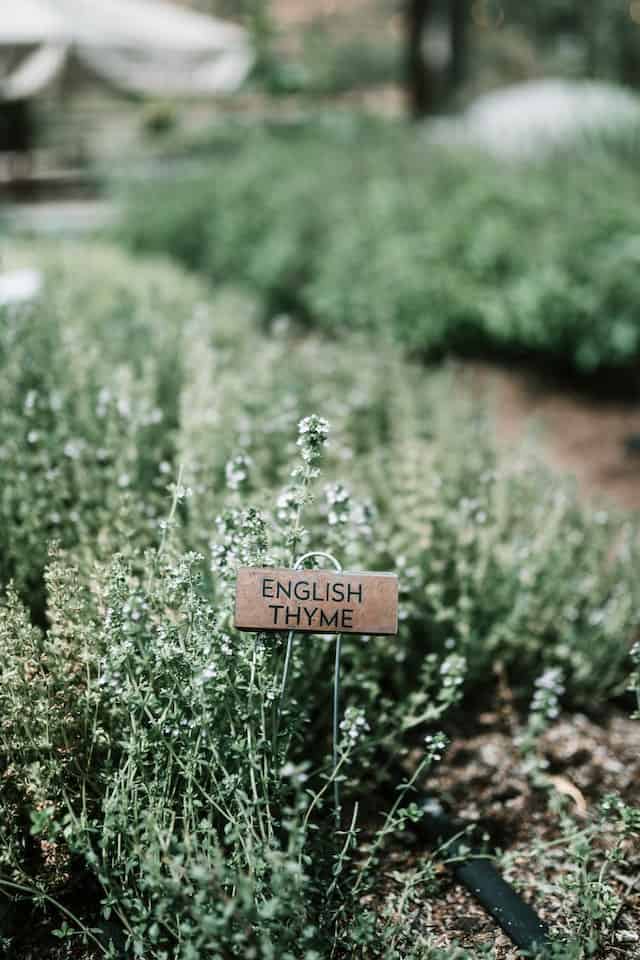
Zones: 3-9
Temperature Tolerance: 50°F to 85°F
Planting Dates: June to early July
Thyme is a versatile herb used in various cuisines. It grows best in well-drained soil with full sun, and once established, it can tolerate drought conditions. Thyme is a perennial herb and can provide a harvest over several years, making it a great addition to any garden.
Chives

Zones: 3-9
Temperature Tolerance: 30°F to 80°F
Planting Dates: Late June to early July
Chives are an easy-to-grow perennial herb that can be planted mid-summer. They prefer sun to partial shade and thrive in moist, rich soils. Chives can be harvested as soon as they reach several inches tall and can self-propagate without much effort. The flowers are also edible, providing a pop of color and flavor.
Mint
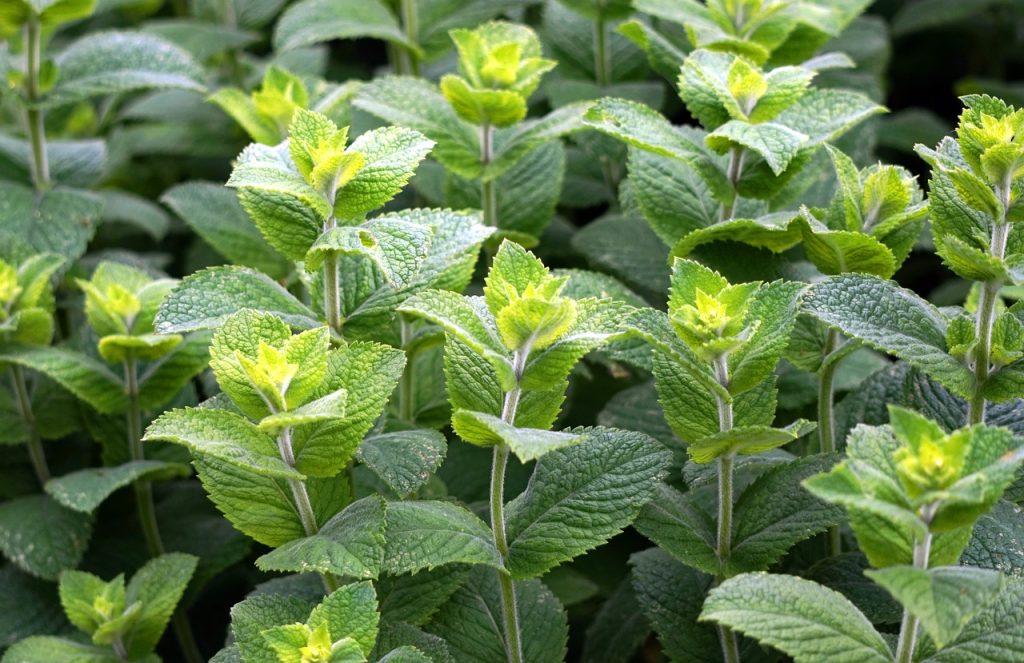
Zones: 4-9
Temperature Tolerance: 50°F to 85°F
Planting Dates: Late June to July.
Mint is a vigorous grower that can provide abundant leaves for culinary and therapeutic uses. It will readily spread, so consider planting it in containers to control its growth. It thrives in moist, well-drained soil and can adapt to partial shade, making it less demanding than other herbs during hot months.
Sage

Zones: 4-9
Temperature Tolerance: 50°F to 90°F
Planting Dates: Late June to July
Sage is an aromatic herb commonly used in savory dishes. It flourishes in sunny, well-drained locations and can tolerate heat once established. Sage is perennial, needing minimal care after planting, and can live for several years. Harvesting can be continuous throughout the summer, encouraging new growth.
Sweet Marjoram
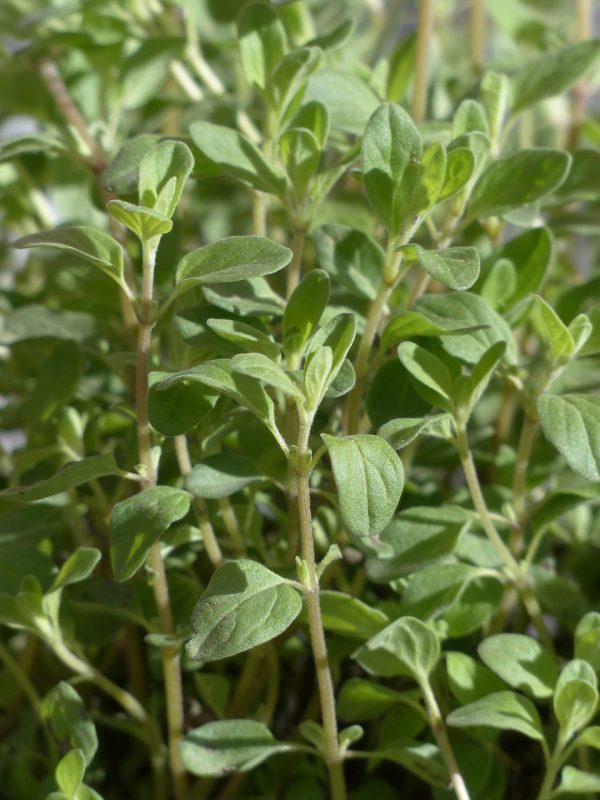
Zones: 6-10
Temperature Tolerance: 60°F to 90°F
Planting Dates: Late June to early July
Sweet marjoram prefers warm conditions and does well in sunny spots. This tender perennial herb is useful in various culinary applications, especially Mediterranean dishes. Marjoram can be started from seed or transplants in the summer. Regularly pinching back the tips helps create bushier plants and prolongs the harvest.
Tarragon
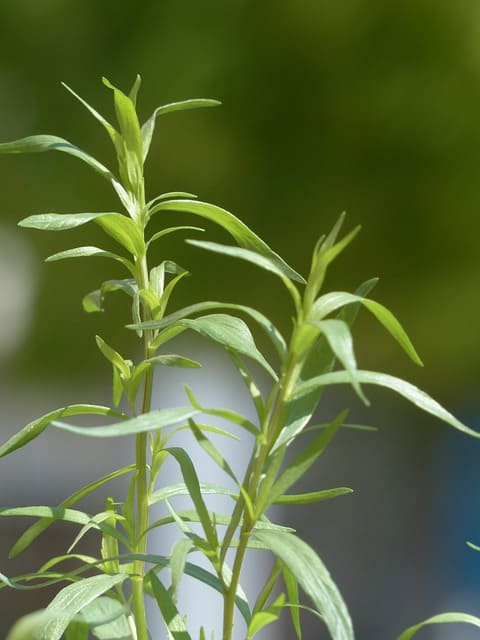
Zones: 3-9
Temperature Tolerance: 50°F to 85°F
Planting Dates: Late June to July
Tarragon, especially French tarragon, is a flavorful herb ideal for adding zest to dishes. It thrives in well-drained soil and full sun to partial shade. This perennial herb can become quite large when well cared for and can last several seasons. Regular pruning encourages new growth and better flavor.
Landscape Plants To Plant
Landscape plants can enhance the aesthetic appeal of your property while contributing to the local environment. Consider these ten landscape plants that are perfect for planting in June and July.
Roses
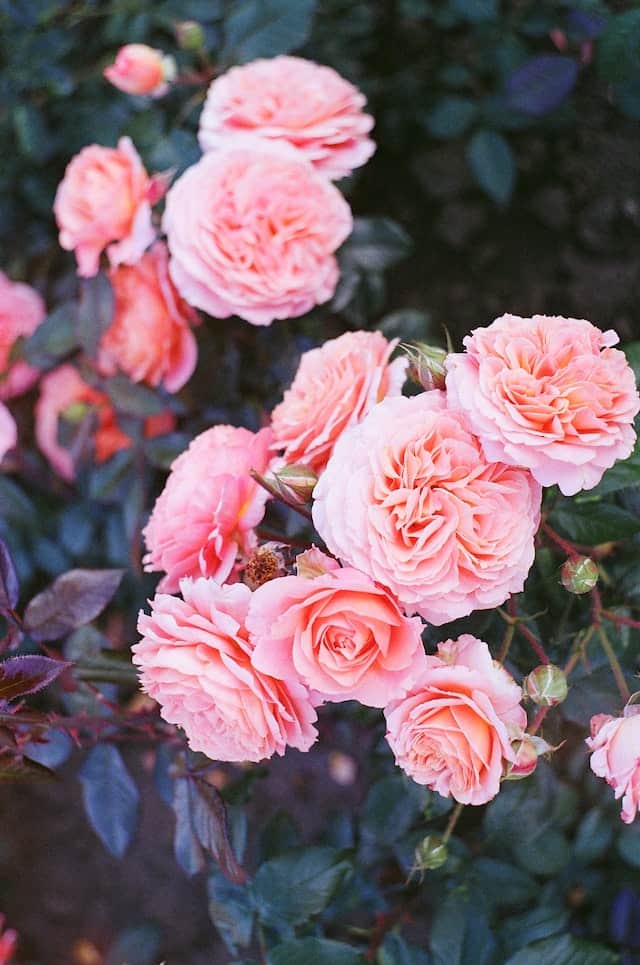
Zones: 3-11
Temperature Tolerance: 20°F to 110°F
Planting Dates: Late June to early July
Roses are classic landscape staples, adding romance and elegance to gardens. They thrive in full sun and require well-drained soil, plenty of water, and regular pruning to flourish. A variety of diseases can affect roses, so choose resistant cultivars and provide good airflow to reduce the risk of fungi and pests.
Daylilies
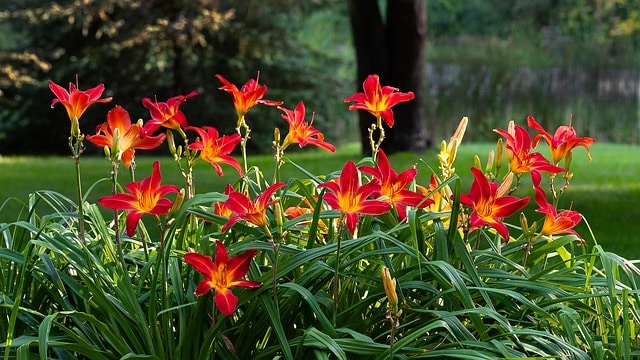
Zones: 3-9
Temperature Tolerance: 0°F to 100°F
Planting Dates: June to early July
Daylilies offer stunning blooms and are exceptionally hardy. They can tolerate poor soil and drought, making them a solid choice for low-maintenance gardens. Daylilies bloom for an extended period and can adapt well to various landscape conditions, ensuring that your garden remains vibrant throughout the growing season.
Hostas
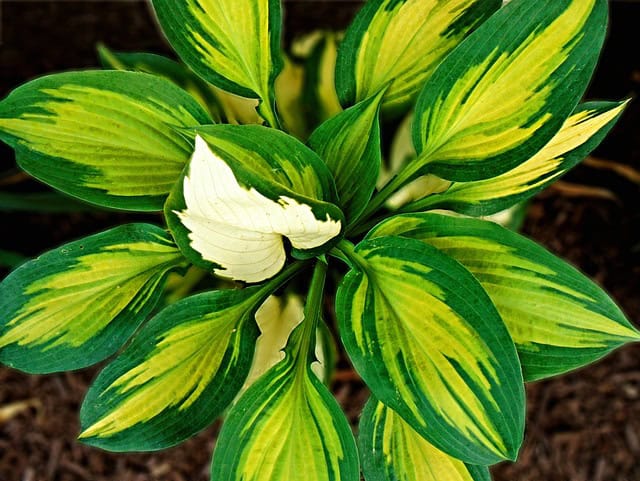
Zones: 3-9
Temperature Tolerance: 30°F to 80°F
Planting Dates: June to early July
Hostas are shade-loving perennials that add lush greenery to gardens with limited sunlight. They come in various sizes and colors, from green to blue to variegated. Hostas thrive in rich, well-drained soil, and once established, they require little maintenance. Removing faded leaves at the end of the growing season helps maintain their appearance.
Ornamental Grasses
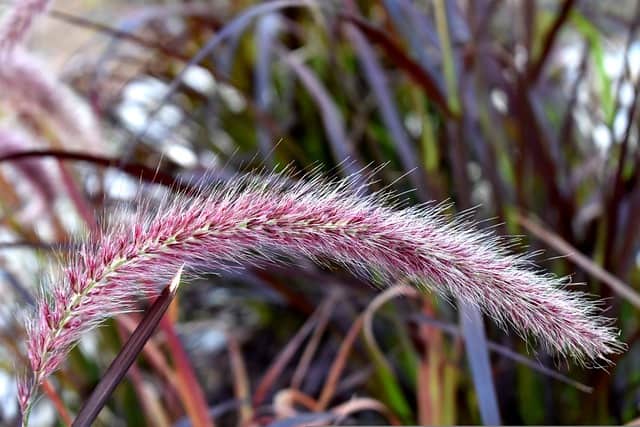
Zones: 4-10
Temperature Tolerance: 30°F to 100°F
Planting Dates: June to early July
Ornamental grasses provide texture and movement to the landscape. They require full sun and can thrive in various soil types, adding interest to gardens and providing shelter for wildlife. With proper selection, these plants can enhance other garden elements and are usually drought-tolerant once established.
Hydrangeas

Zones: 3-9
Temperature Tolerance: 20°F to 100°F
Planting Dates: Late June to early July
Hydrangeas are versatile plants that can enhance the landscape with their lush blooms. They prefer partial to full sun and thrive in rich, well-drained soil. Regular watering is crucial during hot months, and deadheading encourages new blooms. Adjusting soil pH can alter flower colors, making hydrangeas appealing for various gardeners.
Lavender

Zones: 5-9
Temperature Tolerance: 20°F to 100°F
Planting Dates: Late June to early July
Lavender’s soothing fragrance and beautiful purple blooms make it a garden favorite. These plants prefer dry, well-drained soil and sunny conditions. A drought-tolerant perennial, lavender attracts pollinators and repels certain pests, adding practicality to its beauty. Regular pruning helps maintain shape and encourages healthy growth.
Barberry
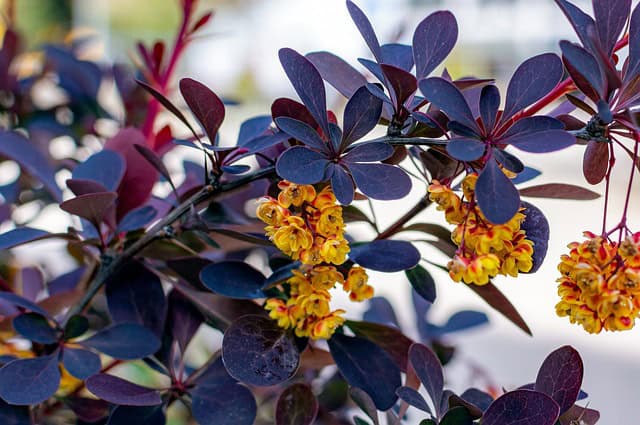
Zones: 3-8
Temperature Tolerance: 0°F to 100°F
Planting Dates: June to early July
Barberry is a hardy, drought-resistant shrub that adds structure to landscapes. Available in various colors, these shrubs provide year-round interest from foliage to berries. While they thrive in full sun, they can adapt to partial shade. Be aware that some varieties can aggressively spread, so location and maintenance are key.
Lilacs
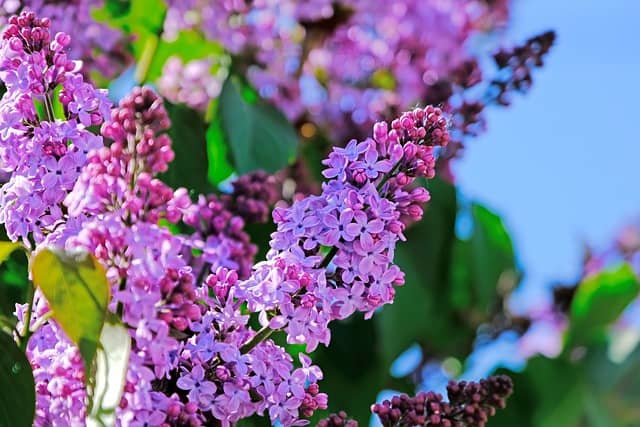
Zones: 3-7
Temperature Tolerance: -30°F to 85°F
Planting Dates: June to July
Lilacs are cherished for their fragrant, purple blooms in late spring. While they prefer cooler climates, they thrive in full sun and can adapt to various soil types. They need moderate attention but can live for decades with proper care. Regular pruning helps manage their shape and ensure abundant flowers year after year.
Boxwood
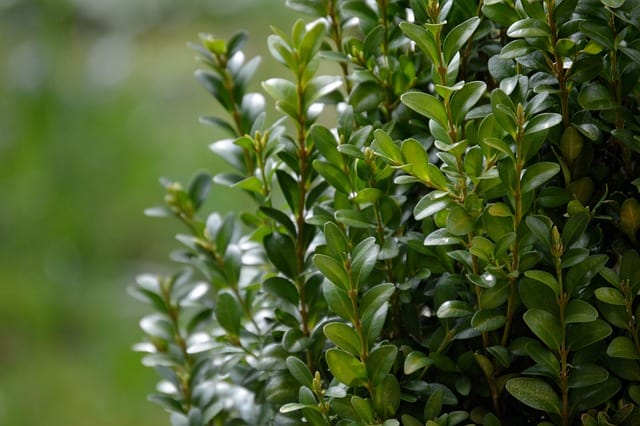
Zones: 5-9
Temperature Tolerance: 0°F to 90°F
Planting Dates: June to mid-July
Boxwood is a versatile evergreen shrub suitable for a wide range of landscapes. Known for its resilience and ability to retain shape through trimming, boxwood works well for borders and hedges. They prefer well-drained soil and full sun, so consider planting them in groups for a classic look and maintain appropriate spacing for growth.
Coreopsis
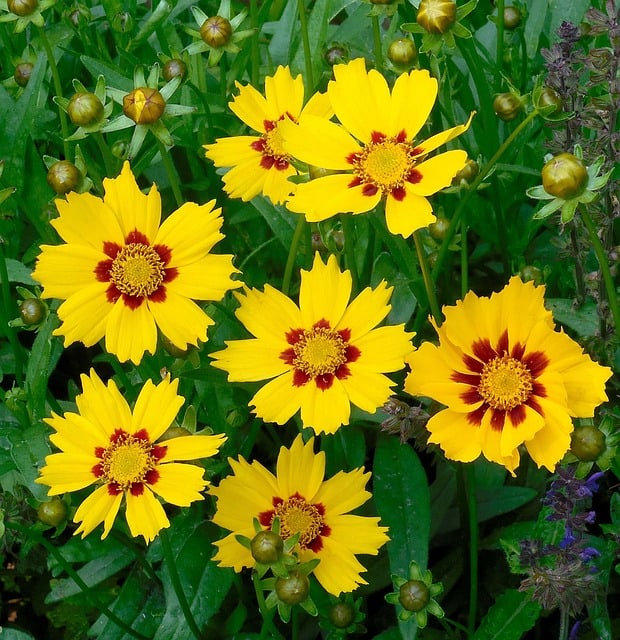
Zones: 3-9
Temperature Tolerance: 0°F to 100°F
Planting Dates: June to July
Coreopsis is a drought-tolerant perennial that produces cheerful, daisy-like flowers. They thrive in sunny locations and can grow in poor soil. Regular deadheading encourages continuous blooming and improves garden aesthetics. Their resilience to extreme conditions makes them suitable for low-maintenance landscapes.


